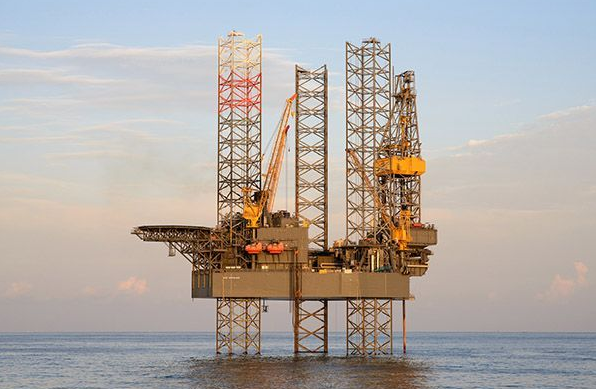According to media reports from the last week's Scotia Howard Weil Energy Conference held in New Orleans, numerous energy company executives said that higher activity and increased offshore spending is occurring.
The media pointed out that those pronouncements contrasted with the subdued outlook from the onshore shale business. Comments from offshore executives echoed the growing conviction of Wall Street energy investment analysts that now is the time to be buying offshore drilling and service company stocks.
Remember, the stock market is a discounting mechanism. That means company share prices rise or fall in anticipation of better or worse business activity and earnings. Share prices often rise well before an industry’s fundamentals visibly improve. As one industry analyst put it, the oilfield service business necessitates thematic investing in order to capitalize on the industry’s cyclicality. The reality is that the industry’s cyclicality demands that Wall Street analysts invent themes to keep investors investing.
Recently, one investment firm reported that its monitoring of oil and gas companies 2019 spending plans now showed a decline for E&P companies. Many of these companies are focused on shale plays in North America, and due to logistical challenges and rising costs in the Permian Basin, the nation’s largest and most active shale basin, they are reducing spending. The cutbacks also reflect executives reacting to investor demands that companies live within their cash flows, and even return money to shareholders.
The spending survey also showed integrated oil companies increasing outlays for both shale plays and offshore. The better offshore outlook has shown up in activity gains and the recent Gulf of Mexico lease sale. Leading offshore driller Ensco International, soon to merge with fellow driller Rowan Companies, is seeing the increased offshore interest.
"Take a look back from when we were at this conference one year ago today and we’re up 25% just in terms of the number of open tenders that are out there year over year," Ensco CFO Jon Baksht told conference attendees. To further support predictions of greater offshore activity "we are seeing that increase in spending and increased activity in the offshore space today."
Strangely, increased offshore spending and activity, as well as reduced shale outlays, is not what stock charts are telling us. The oilfield service stocks with the least attractive point-and-figure charts are the offshore drillers. The most attractive charts are the frac sand companies, tied closely to shale activity. These stocks were devastated last year when frac activity slowed and a sand glut emerged.
Investors utilize company and industry fundamental and technical trading patterns to guide their investing. Each approach can successfully be used independently. Our experience is the greatest success comes when technical patterns are supportive of improving industry fundamentals. Maybe the offshore recovery isn’t happening as quickly as anticipated, nor will shale activity be as bad as expected.
The counterintuitive stock charts are cautioning investors to check the evidence rather than believe the hype. The offshore recovery is coming — we just aren’t sure when or how strong it will be.




